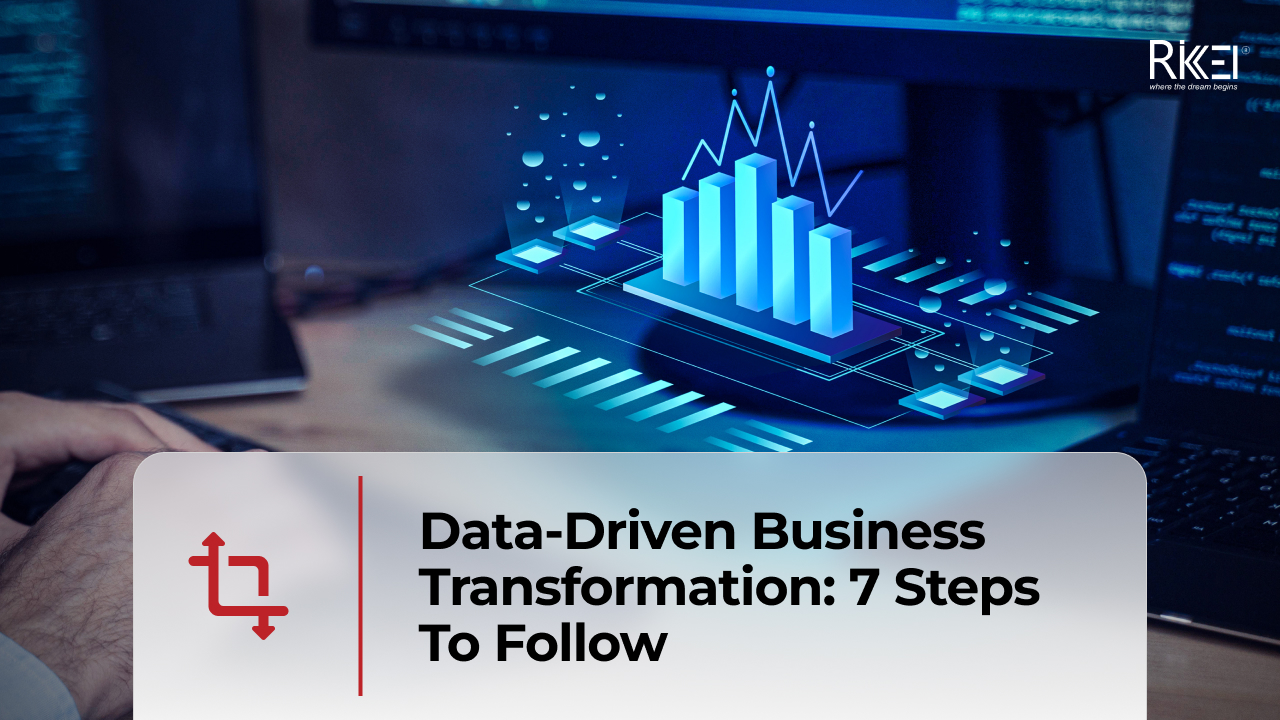3 challenges of AI that Vietnam IT Companies have to face
AI is a technology that can revolutionize manufacturing industries, healthcare, space exploration, and more. As a result, artificial intelligence is growing and gaining popularity at an excellent rate. This growing popularity of AI has urged several businesses to invest in developing and researching different AI applications like robots and automated cars.
However, it is important to note that AI is still facing some challenges. Here are some of the common challenges that most Vietnam IT companies face when implementing Artificial Intelligence.

As most of you are probably aware, AI systems are driven and developed by leveraging quality data. Therefore, the difficulty of accurate data collecting and quality control and the expense of labeling data are the most challenging aspects for every AI business wherever in the globe. Vinfast, for example, is a major artificial intelligence application company in Vietnam. Vinfast is Vietnam’s sole autonomous vehicle research and development center. Vinfast has invested a lot of time and money into putting together a fleet of cars that can go around the streets and snap photographs in a range of time and weather situations.
According to Nguyen Minh Tan – Vice Managing Director of Rikkei AI
“An AI product is a synthesis of many different materials, and data is one of the essential components. According to statistics, up to 80% of AI product development time is spent on data-related processing.”
In addition, training AI is similar to educating a child. AI can learn successfully if the correct data is used to train it. In contrast, if we teach AI with incorrect data, it will learn incorrectly. Furthermore, when heterogeneous data is used at an inaccurate moment, the AI becomes confused. Therefore, the privacy and security of data collecting and training for AI should be paid attention to; the more data appropriately utilized for training, the smarter the AI becomes and the more precisely it can recognize.
.png)
Here is one of the most critical challenges in AI, one that has kept researchers on edge for AI services in companies and start-ups. These companies might be boasting of above 90% accuracy, but humans can do better in all of these scenarios. For example, let our model predict whether the image is of a dog or a cat. The human can predict the correct output nearly every time, mopping up a stunning accuracy of above 99%.
For a deep learning model to perform a similar performance would require unprecedented finetuning, hyperparameter optimization, a large dataset, and a well-defined and accurate algorithm, along with robust computing power, uninterrupted training on train data, and testing on test data. That sounds like a lot of work, and it’s actually a hundred times more difficult than it sounds.
AI companies can avoid doing all the hard work by using a service provider to train specific deep learning models using pre-trained models. They are trained on millions of images and are fine-tuned for maximum accuracy, but the real problem is that they continue to show errors and would really struggle to reach human-level performance.

The amount of power these power-hungry algorithms use is a factor keeping most developers away. Machine Learning and Deep Learning are the stepping stones of this Artificial Intelligence, and they demand an ever-increasing number of cores and GPUs to work efficiently. There are various domains where we have ideas and knowledge to implement deep learning frameworks such as asteroid tracking, healthcare deployment, tracing of cosmic bodies, and much more.
They require a supercomputer’s computing power, and yes, supercomputers aren’t cheap. Although developers work on AI systems more effectively due to the availability of Cloud Computing and parallel processing systems, they come at a price. Not everyone can afford that with an increase in the inflow of unprecedented amounts of data and rapidly increasing complex algorithms.
Conclusion
Businesses will have to familiarize themselves with AI, which will help them understand how AI works. There is no denying that implementing AI in businesses can have several challenges, and you will start noticing these challenges when creating an AI strategy for your business. However, adopting a step-by-step and strategic approach will simplify the process of AI implementation to a certain level. Or you can use the service of Rikkeisoft. We are a reputable information technology company in Vietnam. With ten years of experience, Rikkeisoft are confident to solve all three main challenges of AI implementation in Vietnam. Rikkeisoft is also recognized by many international review sites, such as Top IT Outsourcing Companies by DesignRush.
If you’re interested in updating more about technical knowledge, please stay tuned for the new Rikkeisoft blog!
More From Blog

August 8, 2024
Data-Driven Product Development: Strategy To Drive More Sales
As a business owner, you want your products or services to be well-received upon launch. The most effective way to create a product that satisfies a broad range of customers is to gain insights into their needs and behaviors from the outset. The key lies in data-driven product development, a strategy that many companies have […]

August 8, 2024
7 Steps To Establish A Data-Driven Governance Program
While data-driven approaches significantly benefit organizations in various ways, failure to govern the huge data sets will hurt your business even more. Effective data management also ensures data quality and security. That’s why there is an increasingly high demand for data-driven governance programs. Continue reading for a detailed guide! What Is Data-Driven Governance? Surprisingly, many […]

August 8, 2024
Data-Driven Business Transformation: 7 Steps To Follow
Data empowers businesses to make well-informed decisions in different departments, like marketing, human resources, finance, and more. As a business owner, you should also employ data-driven approaches to skyrocket productivity and efficiency. If you are still new to this concept, scroll down for an in-depth guide on data-driven business transformation. What Does A Data-Driven Business […]

August 8, 2024
Data-Driven Security: Transforming Protection Through Analytics
Cybersecurity was once an afterthought for most organizations. But in today’s digital landscape, it has become mission-critical. With this transformation has also come a shift in how security decisions are made. Rather than relying solely on intuition and tradition, leading organizations are embracing data-driven strategies. By using metrics and insights around threats, vulnerabilities, and more, […]

August 8, 2024
Differences Between Data Science and Computer Science
Data Science and Computer Science are distinct fields overlapping in certain areas but have different focuses and objectives. The article below will help you clearly understand the differences and the close connection between the two fields. What is Data Science? Data Science is an interdisciplinary field that combines scientific methods, processes, algorithms, and systems to […]

August 8, 2024
How Real-Time Data Analysis Empowers Your Business
In today’s fast-paced business landscape, the ability to quickly make data-driven decisions has become a key differentiator for success. Real-time data analysis, the process of analyzing data as soon as it’s generated, has emerged as a powerful tool to empower business across industries. By leveraging real-time data analysis, organizations can gain timely and actionable insights, […]

